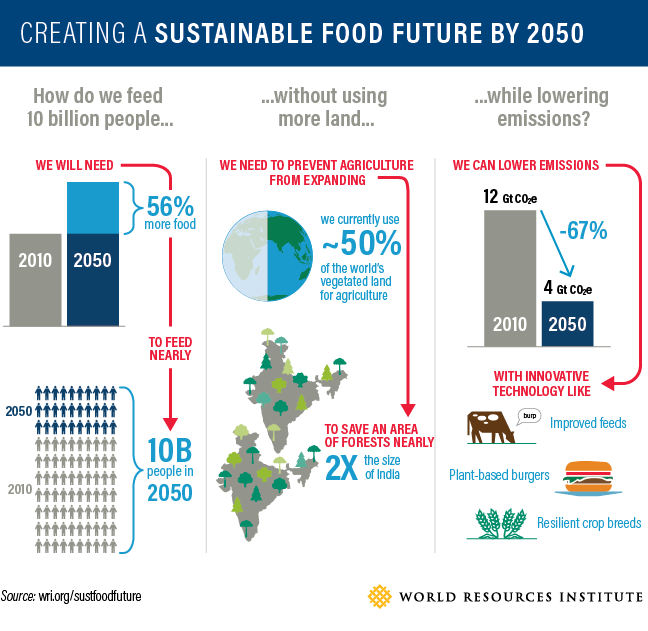The IPCC report says we need to drastically change the way we use land. How should we respond?
Humans have damaged around 25% of land on Earth. Scientists say we must urgently restore forests and change the way we produce food to halt the climate crisis.
L
and offers the solution to the world’s climate crisis, but the way humans use it drastically needs to change, United Nations scientists concluded in a landmark report this month.
Humans have damaged around 25% of ice-free land on the planet by cutting down forests, farming cattle and using fertilisers, according to the Intergovernmental Panel on Climate Change (IPCC).
“We humans affect more than 70% of ice-free land, a quarter of this land is degraded. The way we produce food and what we eat contributes to the loss of natural ecosystems and declining biodiversity,” said Valérie Masson-Delmotte, co-chair of the IPCC.
Climate change increases the frequency of extreme weather events, which can irreversibly destroy land and lead to food shortages. In turn, agriculture and deforestation can also contribute to global warming, by reducing land’s capacity to capture carbon dioxide from the atmosphere.
“We are reaching the point where nature itself could transition from being a buffer against the impacts of climate change to contributing to greenhouse gas emissions,” said Patrick Verkooijen, CEO of the Global Center on Adaptation (GCA).
“There are things that can be done if we adapt now,” he added, noting that restoring forests and sustainable agriculture could lower emissions.
“But getting it wrong can fuel climate change and worsen food insecurity and environmental problems,” he warned.
Plant more trees
“We need to see an urgent transformation in our land use. Priorities include protecting and restoring natural ecosystems,” according to Stephen Cornelius, the World Wildlife Fund’s (WWF) chief advisor on climate change.
Protecting farmland and restoring forests should be a major priority, according to the IPCC. Agriculture and deforestation produce almost a quarter of the world’s greenhouse gas emissions, the report notes.
Nature-based solutions should lie at the heart of global climate action, according to Cornelius.
Coral reefs, wetlands and forests can all be harnessed as natural disaster barriers and provide many benefits, ranging from coastal protection to capturing carbon dioxide.
Agroforestry, which involves planting trees on farmland, is estimated to cover one billion hectares of farmland worldwide and capture more than 45 gigatons of CO2.
There is enough land available to triple tree cover, according to Groundswell International, an organisation specialising in sustainable agriculture.
“Sustainable land management must be accompanied by the necessary rapid and deep cuts to fossil fuel emissions if we are to meet the 1.5°C goal of the Paris Agreement. Action on one alone is not enough,” Cornelius said.
Sustainable farming
The world must change the way it produces and consumes food in order to slash emissions, the IPCC warns.
Food production puts a huge strain on land, using 34% of the Earth’s surface and contributing to the degradation of two billion hectares of land, the size of South America.

Livestock production and food waste are two major contributors to global warming – producing between 8-10% and 14.5% of global emissions – and should drastically be reduced, according to WWF.
A priority should be “moving to sustainable food production and consumption” which does not destroy soil, diminish water supplies and lead to excessive waste, according to Cornelius.
One solution is zero-tillage farming, which involves planting seeds without turning over the soil, according to Verkooijen. This technique ensures that nutrients remain buried in the earth and prevents carbon dioxide from being released, he explained.
The ideas presented in this article aim to inspire adaptation action – they are the views of the author and do not necessarily reflect those of the Global Center on Adaptation.